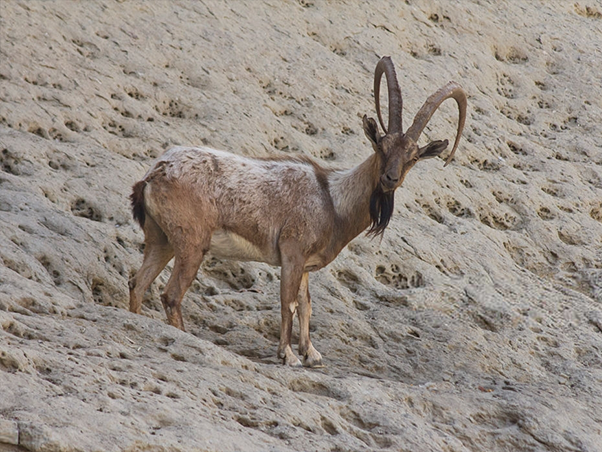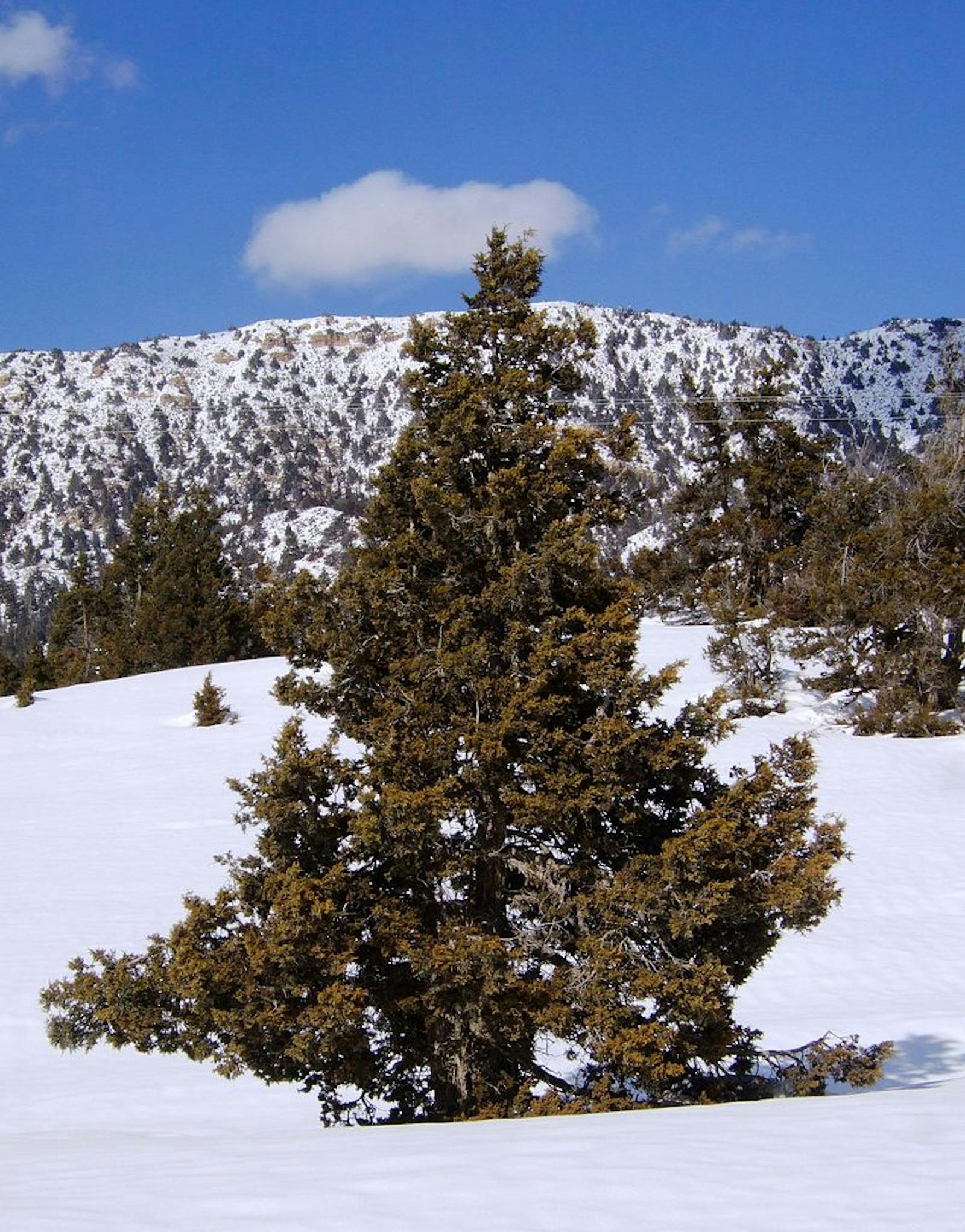Sulaiman Range Alpine Meadows
The ecoregion’s land area is provided in units of 1,000 hectares. The conservation target is the Global Safety Net (GSN1) area for the given ecoregion. The protection level indicates the percentage of the GSN goal that is currently protected on a scale of 0-10. N/A means data is not available at this time.
Bioregion: Afghan-Balochistan Drylands, Mountain Meadows & Conifer Forests (PA30)
Realm: Central Eurasia
Ecoregion Size (1000 ha):
2,392
Ecoregion ID:
766
Conservation Target:
3%
Protection Level:
3
States: Pakistan, Afghanistan
A characteristic feature of the Sulaiman Range Alpine Meadows ecoregion is the vast sense of space in these rugged mountains. The vegetation is sparse; but the vegetation community has a high level of endemism, with species restricted to this mountain range, or parts within it. For example, the Chitral valley in the westernmost extreme of the Himalayan mountain range has 39 endemic plants, while the Toba Kakar highlands further south, where the Himalayan range curves southwards as the Sulaiman range in the Balochistan region of Pakistan, has 31 endemic plants. The oldest woodlands of Pashtun juniper, now losing ground to fuelwood collection, is found on the higher peaks of this ecoregion, and so is the sole surviving patch of Chilghoza pine forest in the world.

The flagship species of the Sulaiman Range Alpine Meadows ecoregion is the Sindh ibex. Image credit: Courtesy of Bolan Safari.
This disjunct ecoregion covers the alpine meadows of the high elevations, above 1,500 m of the Sulaiman Range. The mountains are not tall relative the Himalaya, with peaks rising to around 3,500 m. However, because the region is dry and experiences severe temperature extremes, the alpine steppe vegetation dips to low elevations. Mean annual precipitation rarely exceeds 225 mm, while temperatures can register maxima of over 40°C in the summer, and fall to minima of -12°C in the winter.
This vegetation is composed mostly of isolated tufts of bunch grasses, thorny hassock-shaped clumps of plants such as Onobrychis, a leguminous plant that sustains livestock and the rich assemblage of wild herbivorous mountain sheep and goats in the region. The name Onobrychis itself, derived from Greek and means "devoured by donkeys", indicated its value as a nutritious forage plant that sustains the wildlife in this ecoregion.
Forest cover is sparse and usually limited to gullies, where rivulets, seeps, and shade provide some respite from the environmental extremes, and in the lower elevations where there is more moisture. The forest and woodland trees have sclerophyllous leaves: thick and with a waxy surface, which is an adaptation to retain moisture and reduce water loss in the arid environment. Some of the common species include figs, holly oak, Afghan ash, and oleander.
The ecoregion has about fifty mammal species scattered throughout. Some of the larger, charismatic species include mountain wild goats and sheep, notably, Chiltan markhor, Sulaiman markhor, Sind ibex, Ladakh urial, and Afghan urial. Large predators include grey wolf, common leopard, and brown bear. Smaller mammals and rodents such as collared pika, Royle’s pika, and stone marten are widespread through the ecoregion.
Over 150 bird species have been recorded in this ecoregion, with some noteworthy species being the black-rumped flameback, Eurasian cuckoo, alpine swift, and European night-jar. The Persian horned viper is a relatively large venomous snake that grows to a meter in length. These snakes that hide out in rock crevices, waiting to ambush prey, are considered to be ‘false horned vipers’ because the horn-like structures above their eyes are made up of multiple small scales, unlike in true horned vipers that have horns derived from a single modified scale.
The higher elevation regions of the ecoregion are still largely intact and suitable for wildlife because of the sparse human settlements. However, deforestation and human activities, including pastoralism, are common in the lower elevations. Tree-cutting for timber is a major threat to habitat, while capturing bear and leopard cubs by gypsy tribe as pets and for local circuses are threatening these wildlife populations.
Thus, the priority conservation actions would be to: 1) secure the areas of Chilghosa pine and Pashtun juniper forests, which are the last remaining in the world, from further encroachment; 2) take steps to prevent capture and killing of endangered species; and 3) assess the anticipated climate change impact to the ecoregion and develop corresponding conservation and adaptation plans.
Citations
- Biological Diversity in Pakistan. https://portals.iucn.org/library/sites/library/files/documents/1997-073.pdf. Accessed 30 Nov 2017.
- Khan, S.M., Page, S.E., Ahmad, H. and Harper, D.M., 2013. Sustainable utilization and conservation of plant biodiversity in montane ecosystems: the western Himalayas as a case study. Annals of botany, 112(3), pp.479-501.
- Wikramanayake, E, E. Dinerstein, et al. 2002. Terrestrial Ecoregions of the Indo-Pacific: A Conservation Assessment. Island Press.



